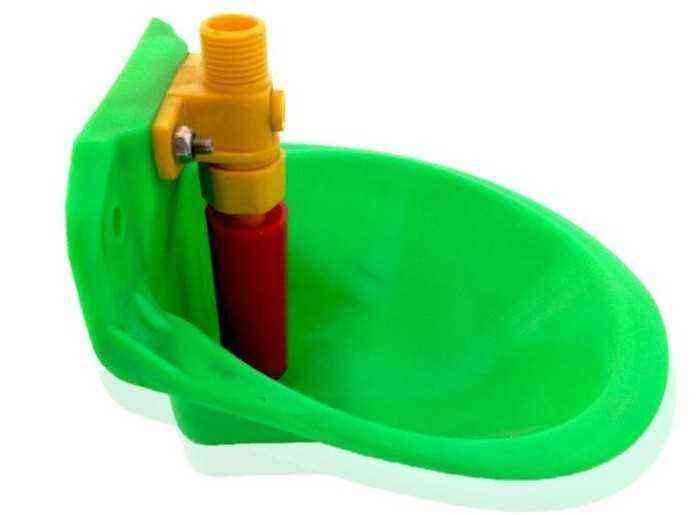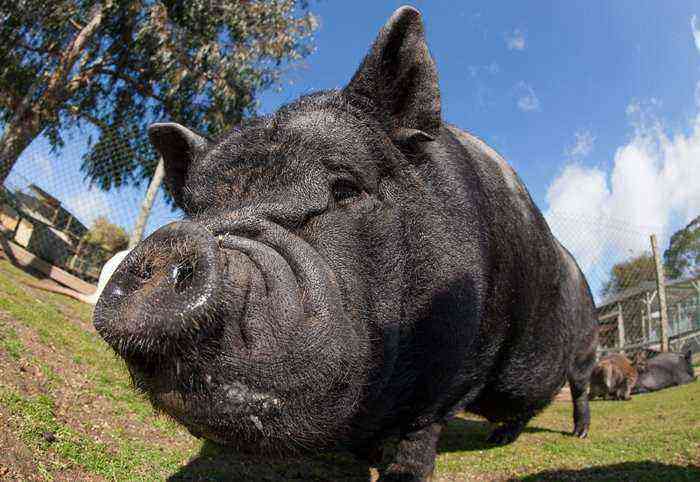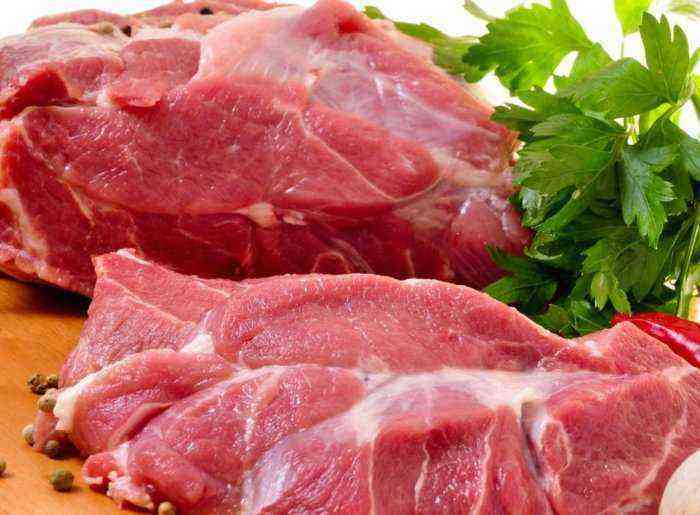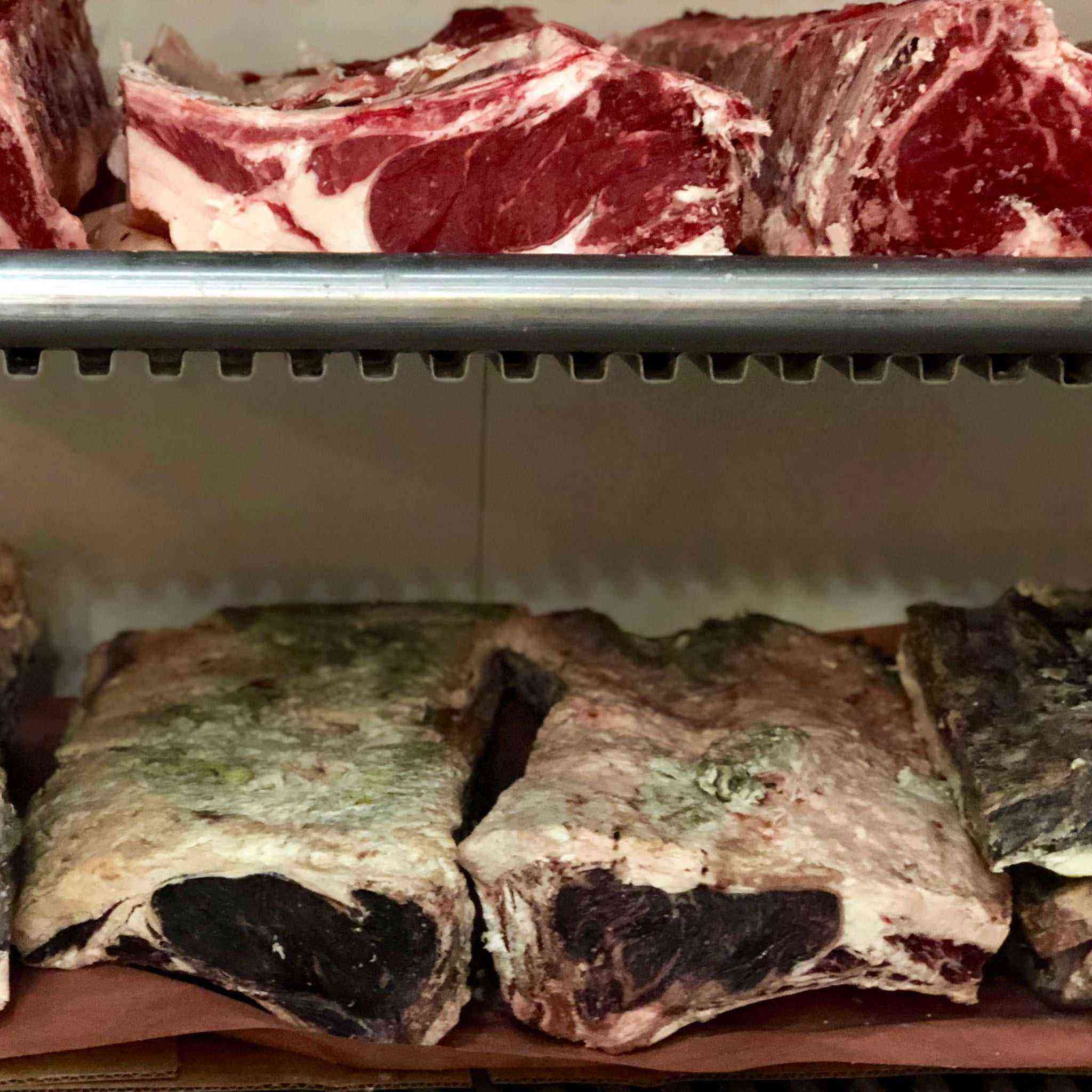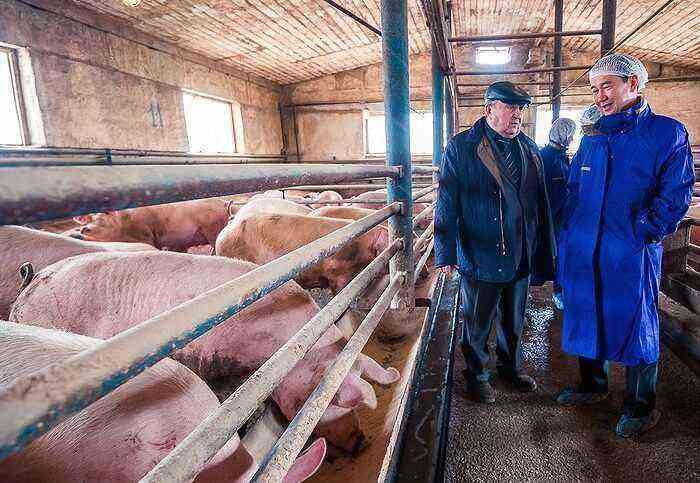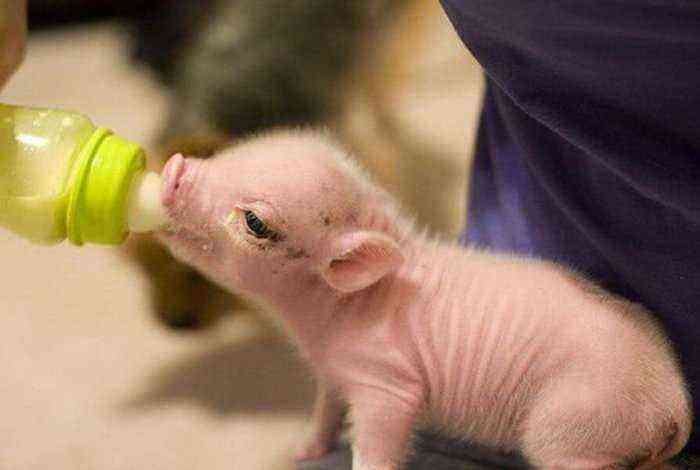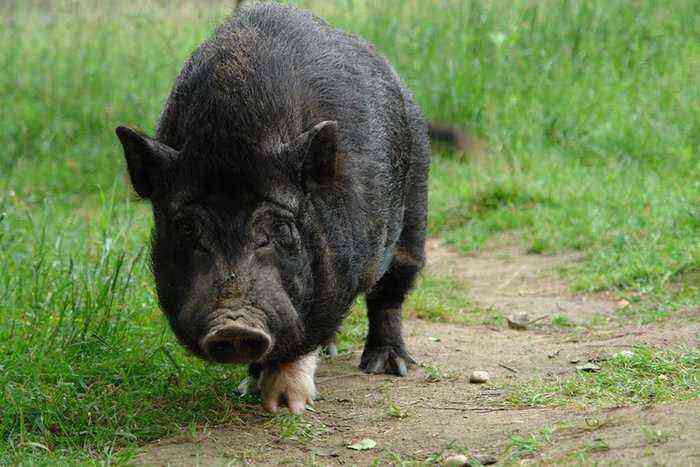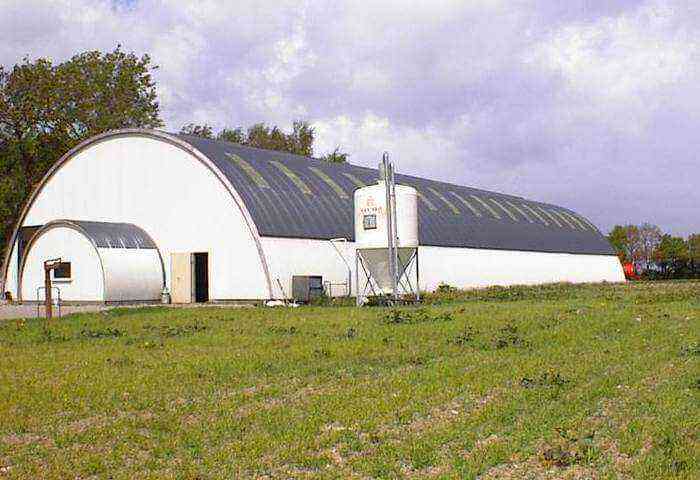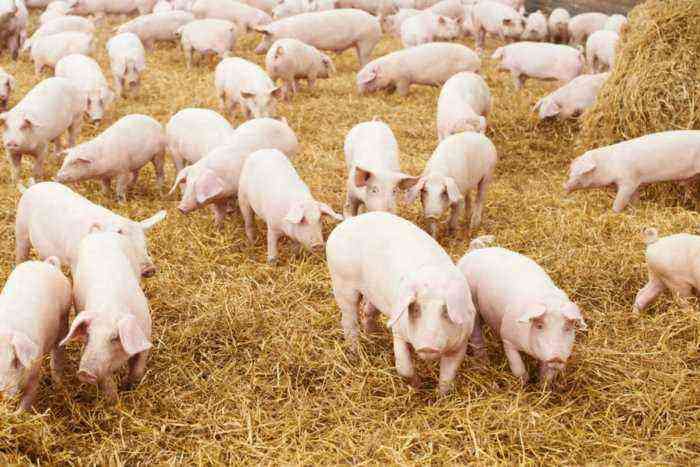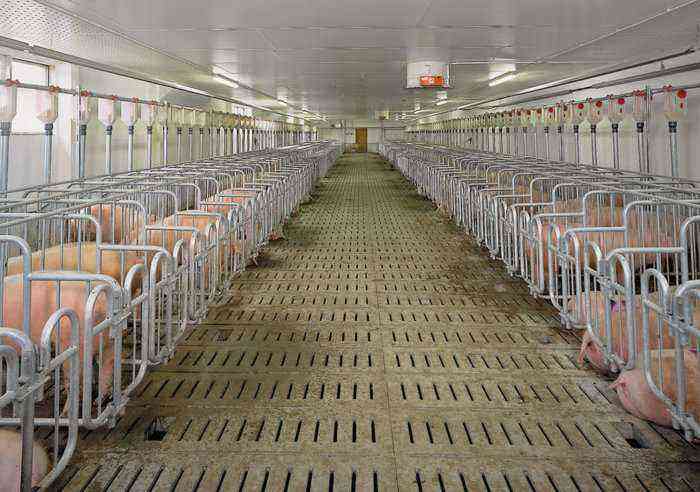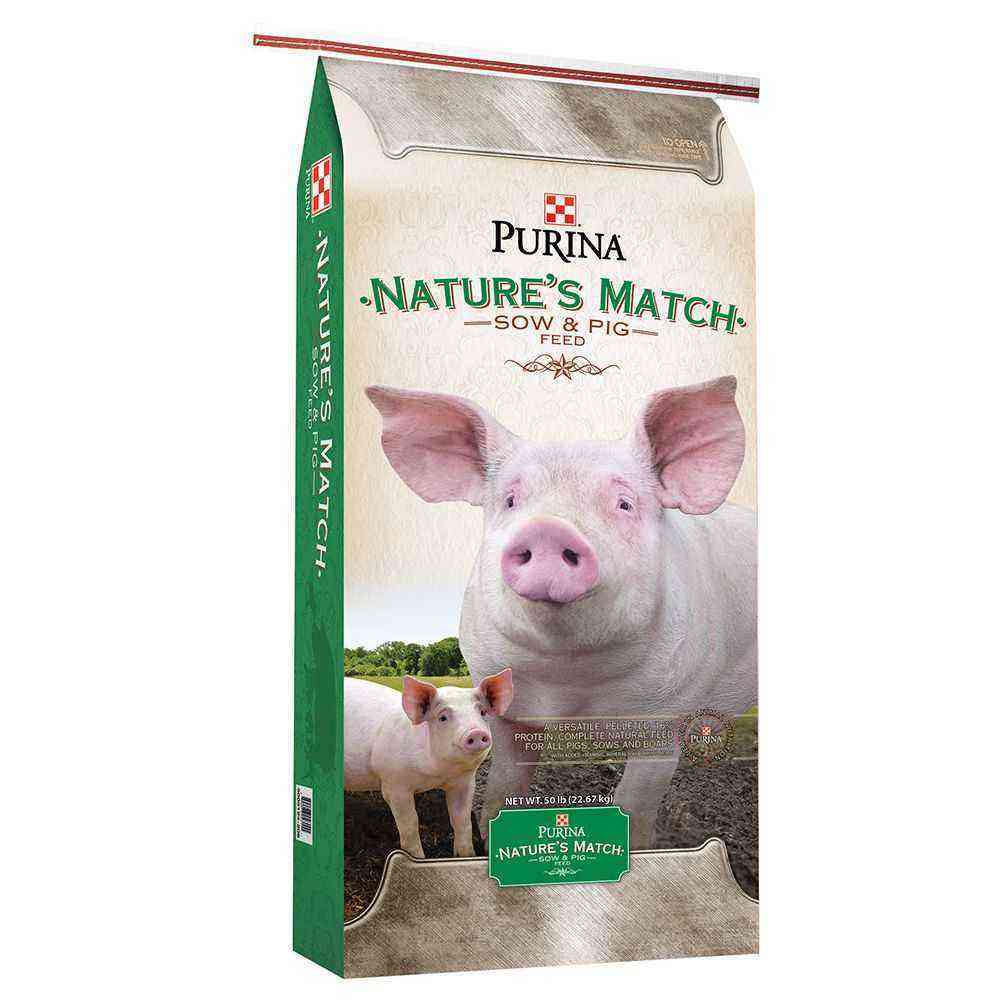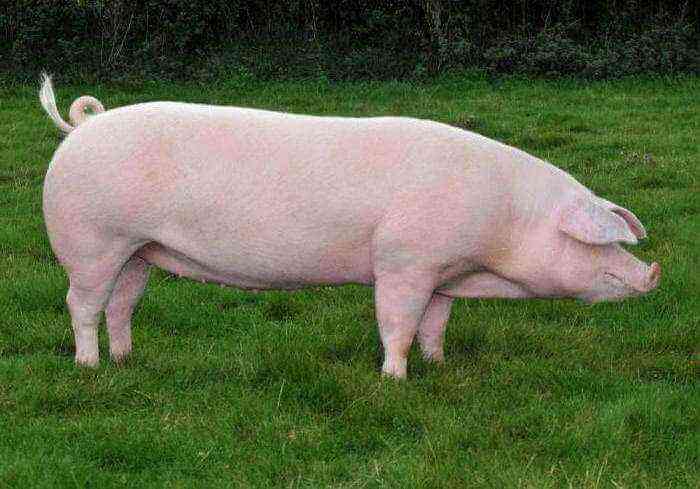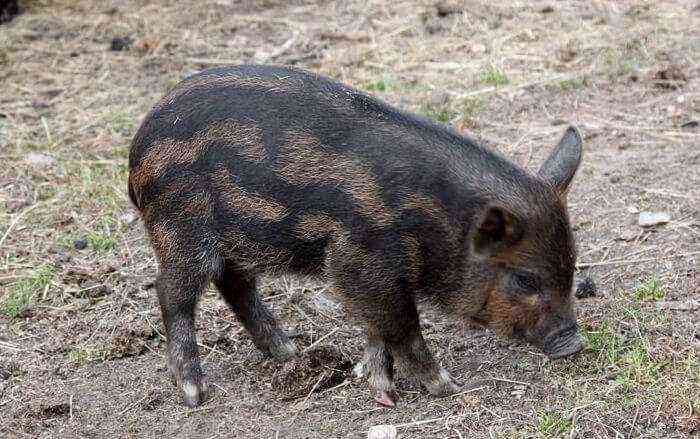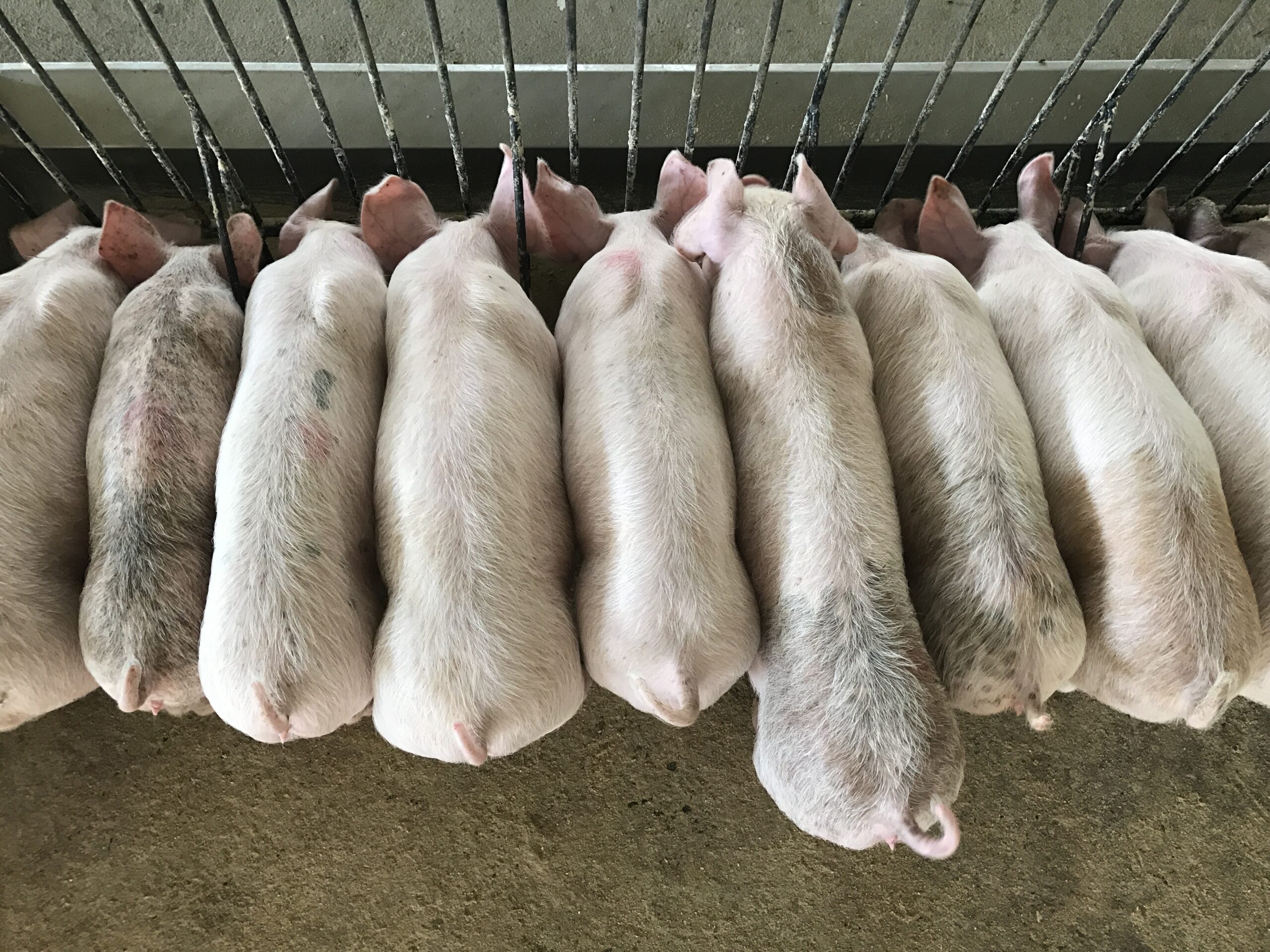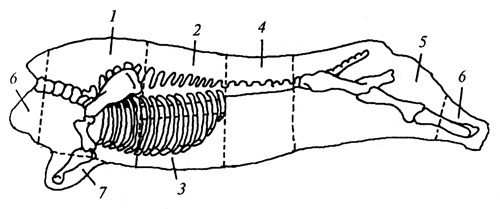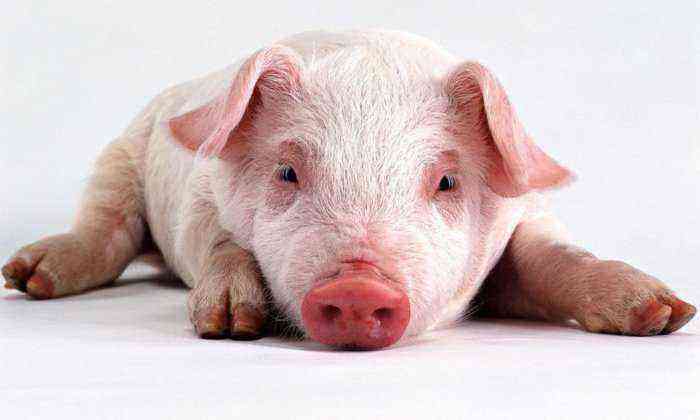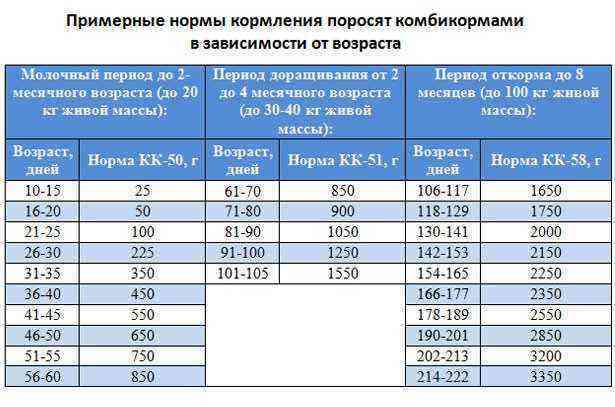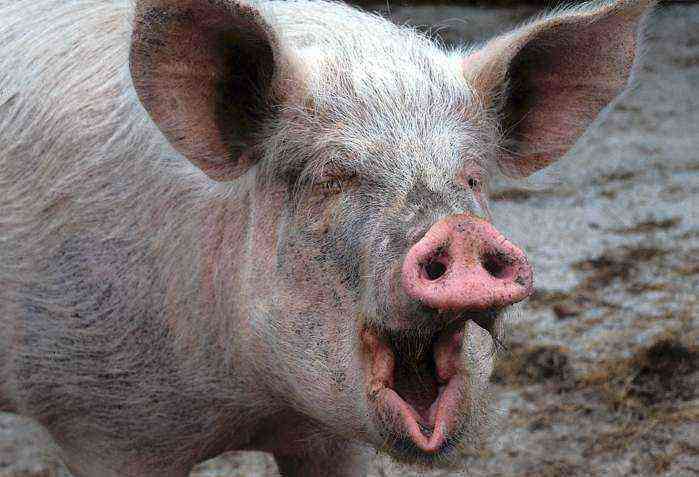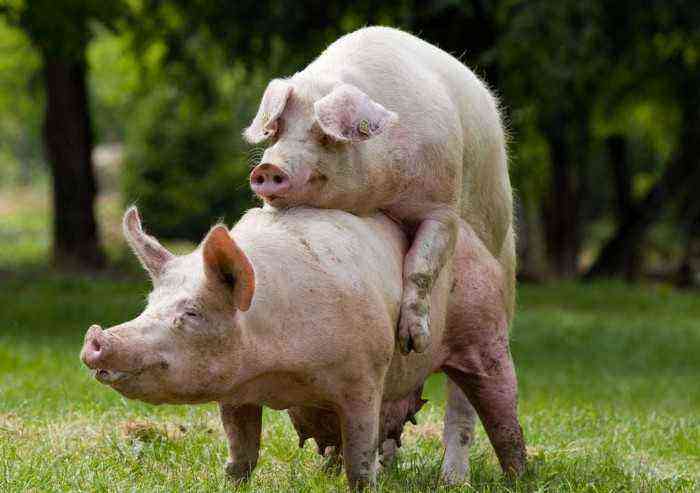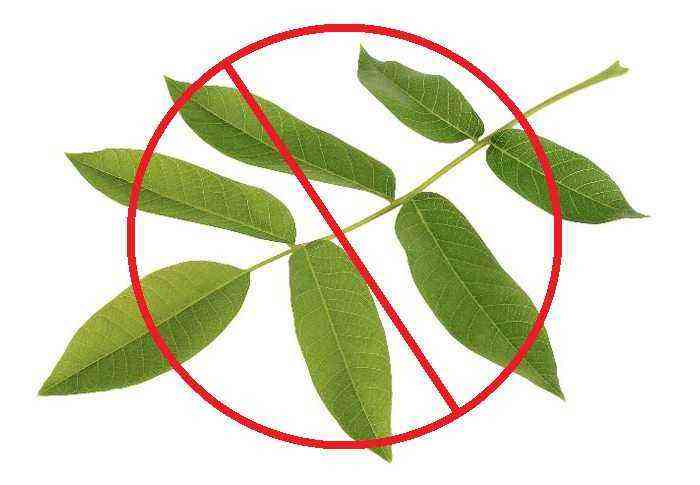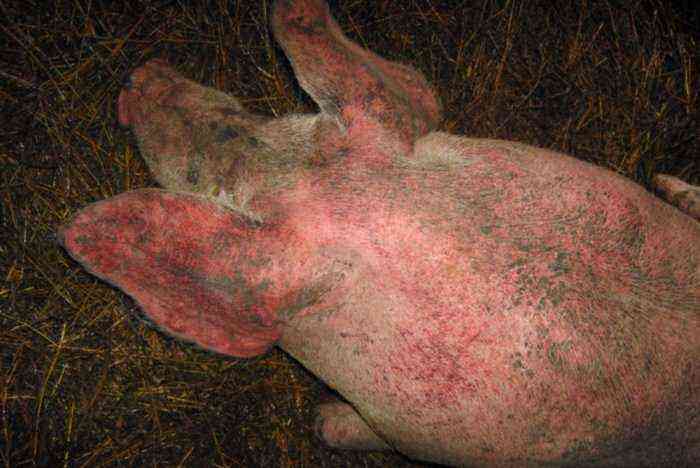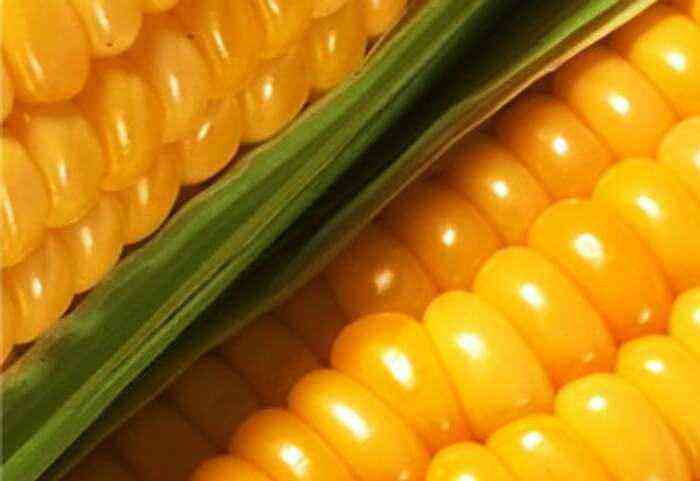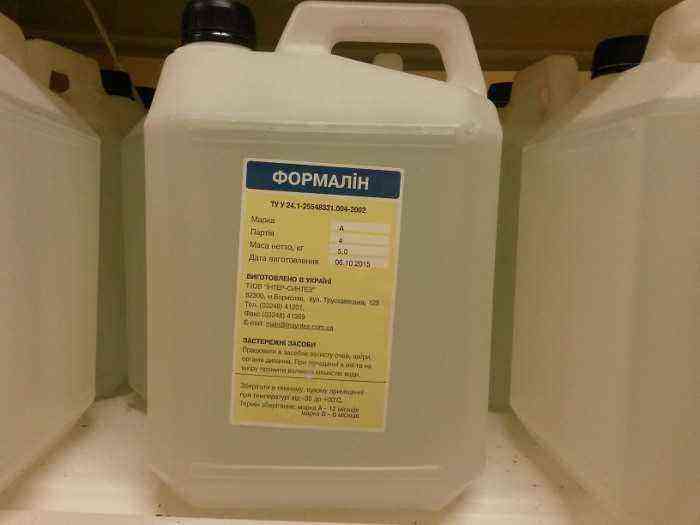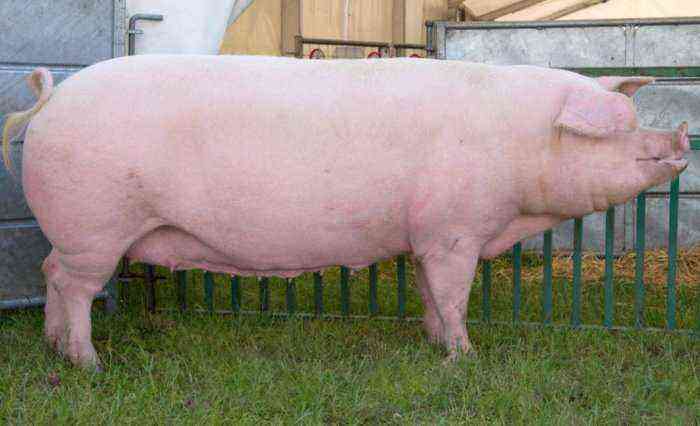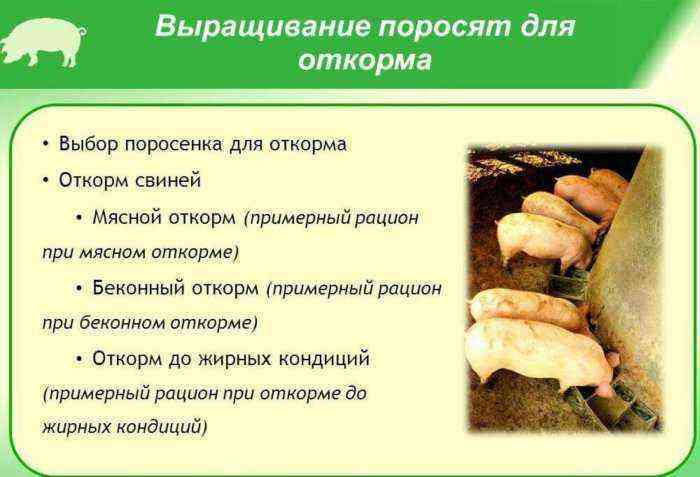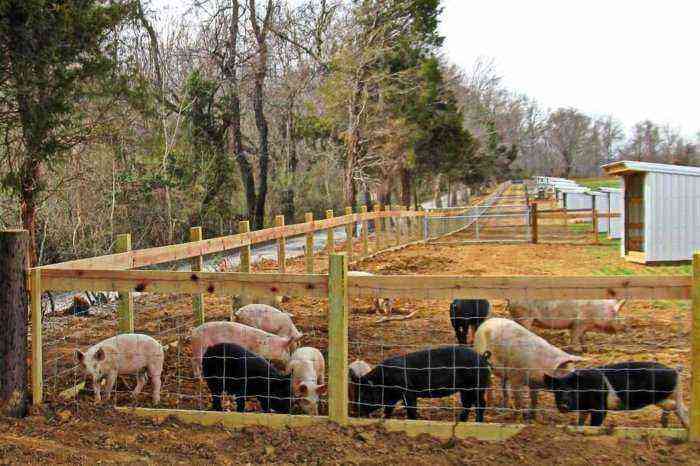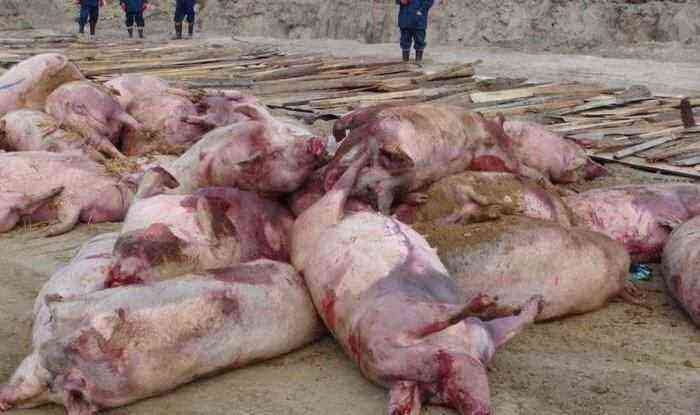When feeding pets, the quality of the feeder is as important as the food they are given. Moreover, the trough for pigs is selected not only for reasons of economy. The correct size, design, and a number of sanitary standards are taken into account, which will ensure comfortable feeding for animals, as well as reduce the consumption of feed reserves during meals.
Piglet trough
Sanitary requirements
When choosing the right trough for piglets and adult pigs, you should pay attention to a number of sanitary requirements that will simplify the care of animals and prevent the development of health problems in livestock. Key points to pay attention to include:
- tightness of the container, which will eliminate the loss of feed;
- freedom of access of animals to food;
- simplicity of design, which will ensure the most thorough cleaning of the feeder from food residues;
- the presence of special restrictors that will prevent manure and dirt from getting into food;
- a stable support that prevents the container from tipping over and, accordingly, additional feed consumption;
- a slight fixed slope, which leads to the accumulation of feed in one of the parts of the feeder, which will ensure that it is more completely eaten by the animals.
Another important requirement is the selection of separate feeders for dry and wet food. Water is also poured into a special container.
dimensions
In addition to complying with basic sanitary requirements, you should also pay attention to the correct size of the trough. This parameter is selected based on the age and size of the animal itself. The best feeder length can be selected by considering the following values for each age group:
- young animals in the milk period – 15 cm;
- piglets under the age of 5 months – 25 cm;
- animals older than 5 months – from 25 to 30 cm;
- adult pigs – 40-50 cm.
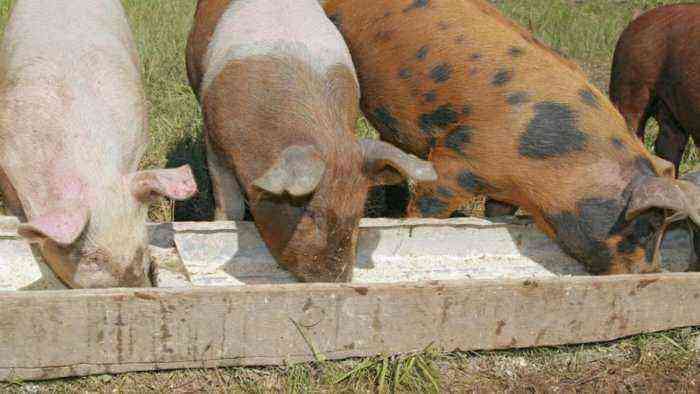
The size of the trough depends on the age of the pigs.
It is worth noting that for mature individuals, the size also largely depends on gender. For a boar, the length of the trough must be at least 50 cm. For a sow, 40 cm is enough.
Affects the size of the feeder and the type of feed. For wet food, containers 5-10 cm smaller than the above values are used.
For babies during the suckling period, it is necessary to make feeders with a height of no more than 10 cm. If you plan to feed all the animals from one trough, it must be divided into sections next to partitions.
Types
Depending on the design features and operational aspects, all pig feeders can be divided into several types. First of all, such a separation is carried out on the basis of the material from which the trough is made. In this regard, the most common options are:
- Wood. Wooden containers for feeding animals are suitable only for dry food, as they quickly become unusable under the influence of moisture.
- Metal. Feeders made of stainless or galvanized steel are among the most durable. But most often such performances are used as stationary. Due to their large weight, it is difficult to move them to a new place.
- Polymer. Plastic troughs are durable and lightweight. But some types of polymeric materials are extremely sensitive to sub-zero temperatures, which complicates their use in winter.
Depending on the features of operation, all feeders can be divided into:

group feeder
- Individual. Assumes the use for feeding one individual. They are mainly used in small private farms.
- Group. Divided into several sections, which allow you to feed several pigs from one trough at once. Often used on large pig farms.
- Mobile. Designed for constant change of location.
- Stationary. Assume a strong locking mechanism and large dimensions.
The design of the feeders among themselves may also vary. In this regard, the following options are distinguished:
- Simple executions. They are an ordinary trough, a bowl, a small bath and other devices into which food is poured manually.
- Bunker feeders. Such troughs suggest a certain degree of automation of the feeding process. The feed is not poured into the container itself, but into the hopper with which it is equipped. As soon as the amount of food in the container decreases, it itself is filled up from the drive.
Important! When choosing a suitable type of trough for pigs, it is necessary to take into account the age of the animals, their number, and the availability of space for installing one or another design.
How to make a trough yourself
To date, a feeder of any type can be easily picked up in specialized stores. Manufacturers offer a wide range of models from various materials, with any dimensions and design features. But often this type of product has a high cost, which does not always suit the buyer. In this case, if you have material, you can make a trough for pigs with your own hands.
Of wood
A wooden feed container is the simplest and most practical option for a feeder. You can make it without even having significant experience in working with wood. Such a device is made as follows:

Wooden trough for piglets
- From wide boards of small thickness, two large rectangles are cut. Their length is calculated based on the values given above.
- Further, two identical triangles are cut out from the same boards, which will go to the ends.
- All parts are tightly connected to each other with self-tapping screws.
- Additionally, you can also equip the structure with wooden limiters, which are made of timber and fixed on top of the trough.
- It is desirable to process all joints and saw cuts with a grinder or sandpaper in order to completely eliminate the possibility of injury.
Reference. This form of container was not chosen by chance. The angled walls of the trough will make feeding more comfortable, as well as simplify the cleaning of the trough from food residues.
From plastic
To make a plastic version of the container for feeding the farm, you will need a free barrel or other bulky plastic product. From one such container, you can make several convenient and practical feeders at once. They are made according to the following algorithm:
- Using a marker or pencil, divide the barrel lengthwise into 2-4 parts. The number of parts directly depends on the volume of the container.
- According to the finished markings, we saw the plastic container with an electric jigsaw or manually. The main thing at the same time is to strictly adhere to the lines. All sharp corners at the end of cutting are rounded off with the same electric jigsaw.
- For stability along or across the resulting feeder, wooden blocks of the same size are fixed with self-tapping screws. They will prevent tipping over.
- Further, all edges and irregularities are carefully polished to prevent injury.
Attention! Even before doing all the work, you should make sure that the plastic barrel was not used to store toxic substances. If poisonous liquids were still contained in the container, it should not be used.
From a gas bottle
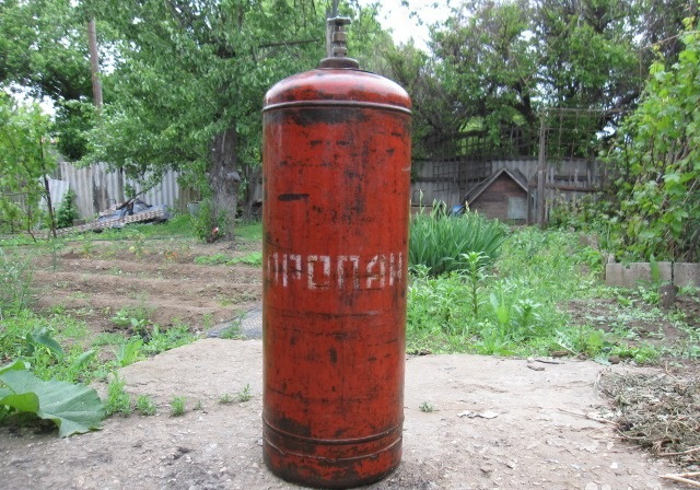
Gas bottle
The best basis for the trough will also be a used gas cylinder. The metal container obtained from it can serve for many decades. The whole process of making the feeder in this case fits into the following plan:
- Possible residual gas is vented from the old cylinder. To do this, the valve is unscrewed to the stop, and the outlet is lubricated with water and soap dissolved in it. Further actions can be carried out only when the applied soap solution stops foaming.
- In the cylinder laid on its side, the valve is cut off under the very body. Such a procedure is carried out with an ordinary metal saw, and the cutting site itself is continuously poured with water from a hose to prevent sparks.
- A copious amount of water is poured into the hole obtained after cutting, and the container itself is carefully chatted for some time. This will remove any liquid gas residues.
- On the cylinder, with the help of a marker, lines are marked along which the grinder will cut. The easiest option is to cut the balloon in half lengthwise and get two identical containers.
- The resulting trough is installed on a pre-prepared stand. It can be made from rebar, iron corners or a solid sheet of iron.
It is better to install the trough on the stand at an angle. This will make it easier for the pigs to get to the food. A couple of iron bars can be welded on top of it, which will prevent animals from climbing inside. To finally get rid of the gas, the inside of the feeder can be additionally burned with a gas burner.
Since such a product is made of metal, it is extremely important to check it for sharp corners and protruding rods after completion of work. If they are missed, animals can be seriously injured during feeding.
Automatic feeder
It is also possible to make a bunker-type product at home, although its manufacture will require much more skills, strength and material. But in the future, due to the automatic feed supply, it will help to significantly reduce the time required for feeding.

Bunker type product
Such a device consists of a trough and a storage tank, which is installed above it. For the manufacture of such a design, an ordinary steel pipe of large diameter is suitable. The assembly is implemented as follows:
- The prepared metal pipe is cut into two pieces. One of them is more, the other is less.
- The larger section, which should play the role of a bunker, is installed vertically. Further, a hole is cut in it from the side, and a pre-made limiter made of iron is welded into the inside.
- The rest of the pipe is cut lengthwise into two equal parts. On one of them, special grooves are made for installing the sides (along the edges of the segment), as well as for reliable fixation of the storage part.
- The boards are inserted into the grooves and welded.
- The upper part is installed in place and is also fixed by welding.
- The product is checked for sharp corners and extra holes. If available, they are corrected with a grinder and welding.
It is worth noting that this feeder format is only suitable for dry food. In addition, it is most advisable to install such a container for food in subsidiary farms with a small number of pigs. When implementing such a project, other metal structures can be taken instead of a conventional pipe.
The right feeder can significantly increase the effectiveness of the selected diet, and also help in maintaining the health of pets. But it is necessary to buy or make such a product yourself in strict accordance with the number of animals on the farm and the age characteristics of the herd.
